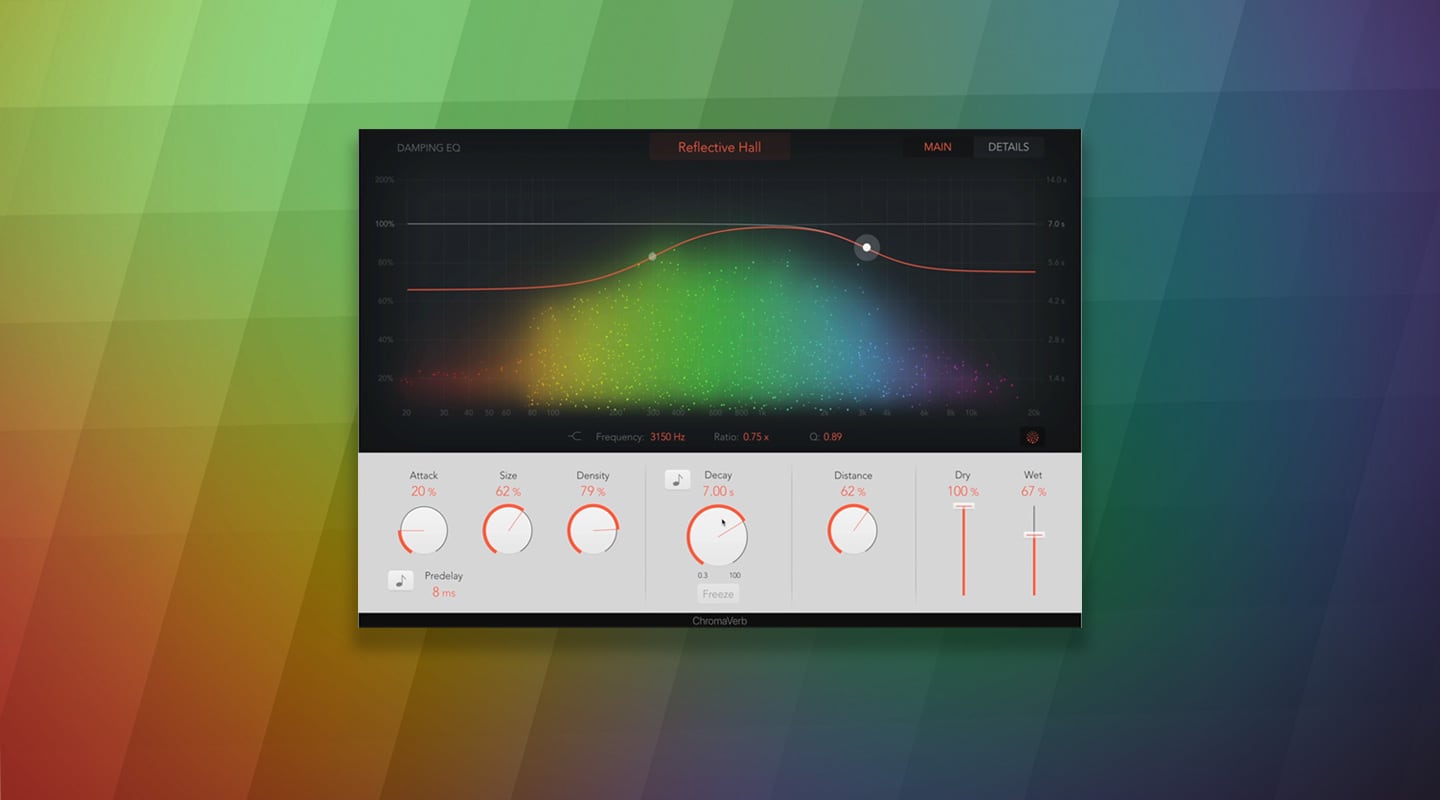
Apple Notes
The Logical Choice.
I must say it was an exuberant moment when I saw an update appear for Logic Pro X earlier this year. It had been quite some time since much had happened on the Logic Pro front, but seeing the release notes made it clear Apple’s Logic Pro team had been hard at work sculpting the new update. There were extra plug-ins and features, alongside a multitude of bug fixes and performance enhancements – such as not quitting in the middle of certain operations. Logic Pro X 10.4 and its recent iterations were welcome upgrades, and appeared for zero upgrade fees. Let’s dive in.
Without doubt, the feature raising the loudest applause would have to be the ability to relocate the Logic Pro sound library to a drive other than your primary system drive. Now while this was possible in the past with the use of aliases, it’s now a bona-fide menu command found in the Sample Library menu within the Logic Pro X drop down. Absolute gold, I tells ya! Frightfully handy for those running less than a 1TB SSD – which includes me. I can’t run a system drive less than 2TB these days, and I’m not ponying up $700 for a top-shelf 2TB SSD. I know how to wait. In six month’s time I reckon I’ll be shedding my hybrid drive for a decent 2TB SSD.
Anyway, moving those Logic samples — and your Apple Loops if you can be bothered — off elsewhere will make things easy with your next system upgrade. The process is very simple. Go to the menu, choose the drive you want the library on, then hit the ‘Relocate’ button. Unfortunately it’s not possible to share the same library amongst multiple Macs, so networked systems will need the library installed on a per machine basis. Sample library relocation is also possible in Mainstage.
Other enhancements include the option for Smart Tempo to analyse tempo data across multiple tracks and then define the project’s tempo. Similarly, imported multi-track stems can follow or define the project tempo. This means you can play without a click and the original recording will define the tempo then push and pull any imported samples and loops into sync. Also long overdue is the ability to add images to track or project notes — perfect for keeping track of any outboard hardware settings. Although, once an image is stored within a Logic Pro project you can’t enlarge them after that point. So have a play with the size and legibility of the images you store with a project.
While these improvements are without doubt useful, I reckon most would first jump into the new plug-ins.
Heading up the additions from 10.4 is Chromaverb. This is yet another reverb choice which uses algorithmic reverbs rather than Space Designer’s use of convolution. It’s a simpler way to go about ambience and it sounds superb. There are 14 different algorithms covering your traditional hall, room and plate-style reverbs, along with stranger ambiences such as ‘Airy’, ‘Strange Room’, and my favourite; ‘Bloomy’.
Equally as enjoyable has been the Vintage EQ Collection. The Neve, API, and Pultec recreations are brilliant when you consider the price countless other plug-in developers charge for this style of EQ clone. While these are very good EQ models, at first the ‘fixed’ frequency points of the Pultec and Neve EQs look infinitely variable. However, if you click on the actual displayed EQ points the variable pots jump to those traditional frequency points immediately. Incidentally, if you’re looking for the older, dare I say, vintage Logic EQ plug-ins, such as DJ EQ, Silver EQ and Fat EQ, hold down the option key when selecting an effect/processor and you’ll see the additional menu for ‘Legacy’ plug-ins.
For more sauce you should investigate the additions of Step FX and Phat FX. Step adds rhythmic multi-effect processing using step sequencers and an X/Y modulation pad. Phat FX purports to make your tracks ‘bigger and bolder’ using a pile of nine separate effects that claim to add ‘warmth and punch’. However the great thing about Phat FX is the LFO and envelope follower mod sources. With these you can quickly modulate the 23 parameters from the bandpass filter, the 34 standard filter options, distortion, compressor, Mod FX, and the Bass Enhancer. This plug-in offers hours of fun and copious modulation possibilities. Possibly days’ worth when you start messing with the X/Y modulation pad.
Retro Synth has also been expanded to include 18 different filter designs. These range through various styles with adjective filter descriptions such as ‘Lush’, Creamy’, ’Sharp’, ‘Gritty’, and ‘Edgey’. Oh, and ‘Lush (Fat)’. ‘Peak Creamy’ is excellent.
Good ol’, not-so-old Alchemy has seen some improvements, too. Aside from the addition of numerical value editing, there are 12 new synthesised formant filter shapes and the ability to add a side chain input as a source for envelope followers.
All said and done, Logic Pro X 10.4 and the recent 10.4.2 and 10.4.3 iterations really send Logic Pro X into the realm of best bang-for-buck DAW ever conceived. Worth so much more than Apple’s paltry asking price. My only fear is that Logic Pro X 11 will necessitate an upgrade to macOS Mojave. Here we go again.





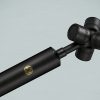






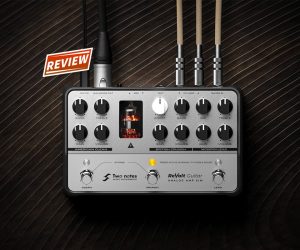








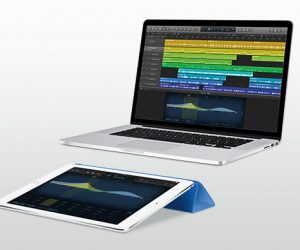

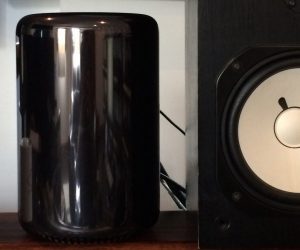


RESPONSES